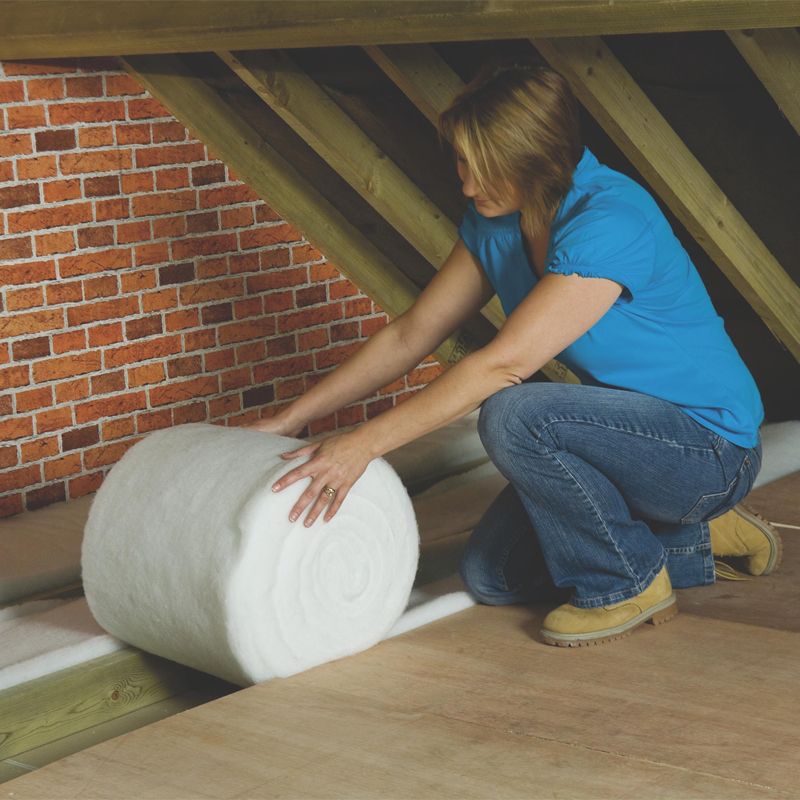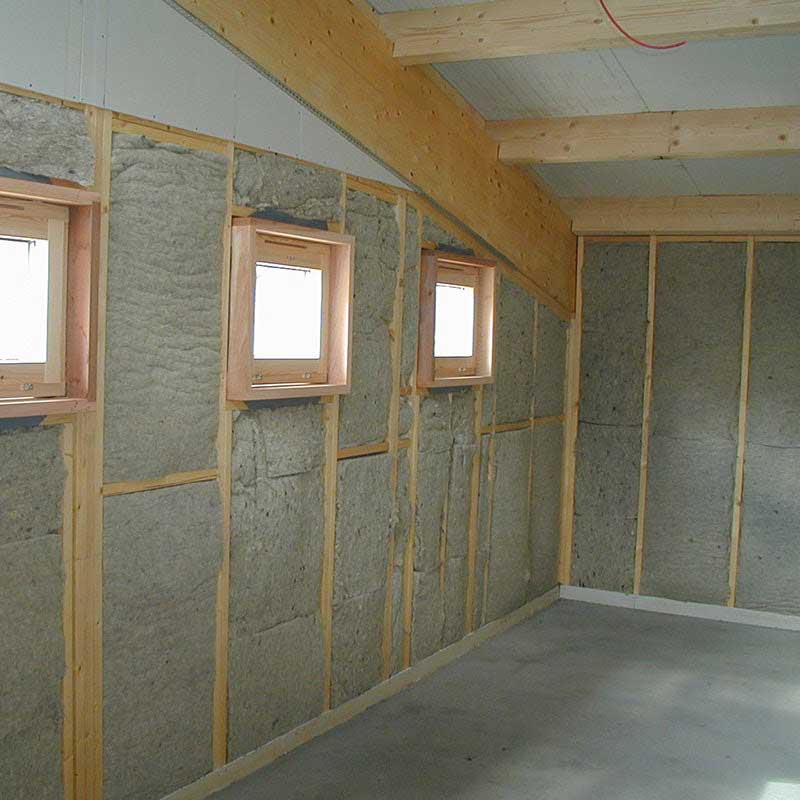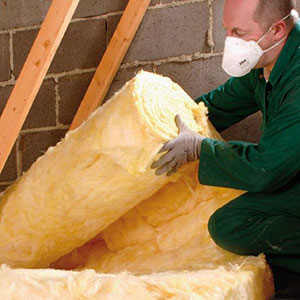Insulation comes in a variety of sizes. The application it is used for will affect which insulation you choose for the project.
But where do you start?
To lend a hand, at Insulation Superstore we decided to put together this guide on insulation thickness and depth recommendations to ensure you’re all set with the latest loft insulation advice.
Let’s dive right in.
Table of contents:
- What depth should loft insulation be?
- What thickness should loft insulation be?
- What are the insulation ratings for loft insulation?
What depth should loft insulation be?

Official guidelines state that depth will depend on the type of insulation you install. As such, the current recommendations when buying insulation are as follows:
- 270mm for glass wool insulation
- 250mm for insulation slab
- 220mm for cellulose insulation
It’s worth noting that properties can lose as much as a third of heat through the roof. By adding insulation, according to Government, you can reduce your energy bill by up to a whopping 20%. This is huge!
Loft insulation works by preventing the movement of heated air through the material. If you would like more information, you can find out more about loft insulation by reading our guide on insulating a loft.
What thickness should loft insulation be?
Thickness, different to depth, is requested at a minimum of 270mm. In fact, this isn’t simply a recommendation – it’s a legal requirement.
What if I have insulation already installed?
Loft insulation can retain its insulant value for a long number of years. However, if you have loft insulation that isn’t to the minimum thickness for the desired material, you will need to install a new layer of loft insulation to ensure it reaches the recommendation.
Read our Help & Advice guide to read more on if you can install too much insulation.

Can I still use my loft for storage after insulation?
Insulating a loft with the minimum required 270cm can typically mean ceiling joists are no longer visible. This means the roof space is now a hazard for anyone entering the loft space. To reduce this risk and enable the space to be used for storage, speak with a professional to install additional joists and floorboards.
Note: If your loft space already has a boarded area with a third of board or below, professionals will not cover this and work around the boarded space.
Floor insulation might also not have the height increased due to the risk of reducing the amount of headspace in the room.
Can I still use my loft as a spare room?
If you’re installing warm roof insulation, this is a suitable method to ensure the room is usable. At the same time, will impact the type of insulation you choose. For example, you may need acoustic insulation and fire-resistant insulation.
It’s also worth noting that if there is existing floor insulation, it’s a good idea to look into upgrading or increasing the thickness of the insulation. This is because you might not know the thermal conductivity of the insulation or how long it’s been there.

What are the insulation ratings for loft insulation?
Two methods of identifying the quality of insulation material are the U-value and R-value. U-value is a widely preferred unit in the UK and is used by many builders, architects, engineers and more.
You can find out more about these particular units by checking out our R-value and U-value guides.











